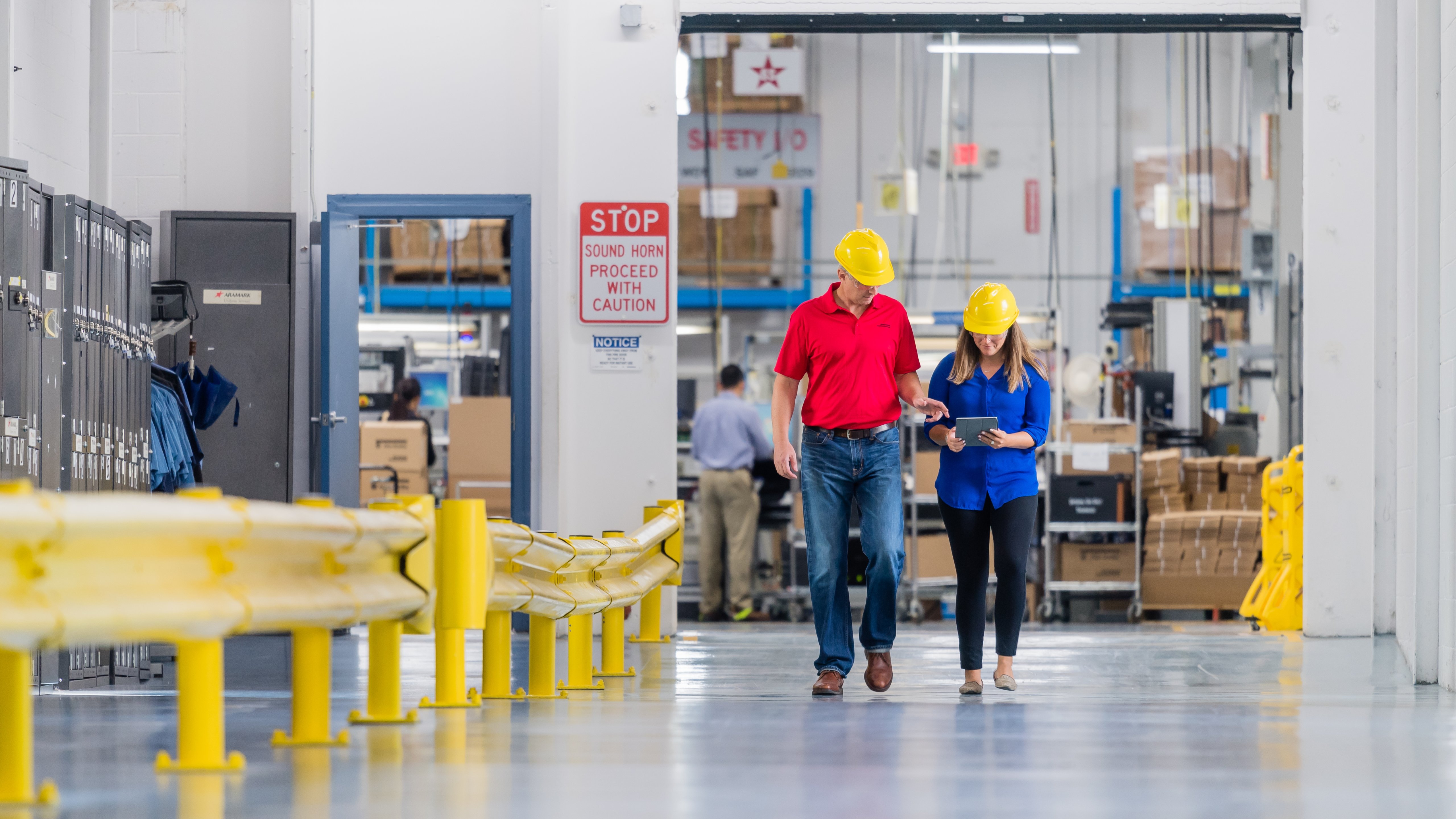Getting the most from every available worker now requires building machines for a broader range of workers. This means including ambidextrous features and reducing repetitive motion, lifting, and awkward placement of the body.
As the global workforce continues to evolve, contemporary safety systems and machinery design techniques must be considered, not only to mitigate risk but also to enhance worker productivity.
Use Alternative Measures to Reduce LOTO and Improve Productivity
Safety doesn't have to come at the expense of productivity. Contemporary machinery design allows for minor service exceptions to lockout/tagout (LOTO) when procedures are routine, repetitive, and integral to the use of the equipment. This is critical to optimizing both safety and productivity.
When correctly used, alternative measures can improve productivity by reducing LOTO-related downtime while still maintaining compliance. In some cases, alternative measures can be the difference between mere compliance and operational excellence.
Bring Safety into a Connected Enterprise
The power of the Industrial Internet of Things (IIoT) can substantially improve your safety compliance and performance.
Digital transformation empowers safety professionals with a real-time understanding of worker behaviors, machinery compliance, causes of safety shutdowns or stoppages, and safety anomalies and trends. It can also help improve your ability to hire, train, and retain employees.
Make Safety Integral to Your Control System
Your control system should include safety-rated inputs, logic, and output devices to mitigate risks, improve productivity, and provide information to key stakeholders.
Designing effective, productivity-enhancing safety systems can be challenging. But, safety design tools can streamline development and help confirm and document compliance.
For example, RASWin software can help manage and consistently document the safety lifecycle. Safety Automation Builder® software can help you design your safety system.
Safety function documents also can help you implement machinery safety functions and include safety-performance calculations, wiring, programming, verification, and validation.
The Safety Automation Builder software tool is now integrated with risk assessment software RASWin to help guide engineers through steps of the machinery safety lifecycle within one environment, providing documentation to show compliance with international standards.
Implement Smart Safety Systems
New smart-safety designs and devices can reduce your wiring, design costs, and unscheduled downtime. For example, you can capture smart-device interactions to create predictive maintenance feedback and other information.
Smart systems involve every layer – from smart sensing, safety and motor control devices that predict their own maintenance, to flexible control systems that optimize safety, protect intellectual property, improve operations, and provide information to analytic systems that provide insights that help leaders make decisions and plot the right course for their organization.
Smart systems help control machine access to authorized and trained personnel to improve productivity, safety, and security.
Smart systems involve every layer.
Build Your Safety Expertise
You need engineers, system integrators, and machine builders with expertise in current safety standards, a proven track record in building safety systems, and knowledge of productivity-enhancing safety system design processes and technologies.
If you don’t have this expertise in-house, turn to your partners. Rockwell Automation employs nearly half of all TÜV Rheinland-certified safety professionals.
Our alliances include recognized system integrators and solution partners with safety expertise. These organizations have met stringent requirements, including a rigorous, months-long assessment and education process to become members of our PartnerNetwork™ program. Read more on the Rockwell Automation® Safety System Integrator program.





